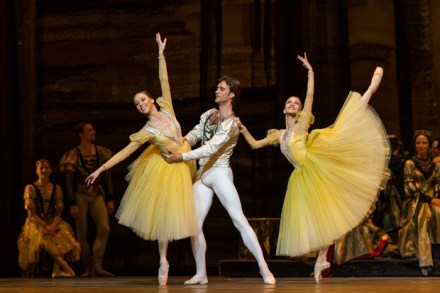A fresh start
Most of us lead lives of quiet desperation. So we’re told. Frits van Egters apparently leads a life more desperate than most. He lies in bed too long. He eats green pickled herrings and brown onions. He turns the radio on. He turns it off. Half the day gone already. He squeezes his spots. He tells bad jokes. He takes cod-liver oil. He makes custard from packet powder. He obsesses about going bald. He is annoyed by his parents: his mother darning socks, the warts on the back of his father’s neck. He has nightmares. He wakes the next morning and starts again. In Gerard Reve’s The Evenings: A Winter’s




















